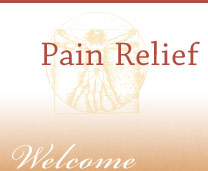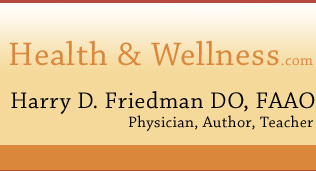The CDC report also makes an important distinction: that the level of chemicals found within the body is a result of the cumulative impact of many different types of exposure. “Concentrations of environmental chemicals in blood or urine are not the same as those in air, water, food, soil, or dust. For example, a chemical concentration of 10 Ïg/L in water does not produce a level of 10 Ïg/L in blood or urine. Blood or urine levels may reflect exposure from one or more sources, including air, water, food, soil, and dust. Levels of a chemical in blood and urine are determined by how much of the chemical has entered the body through all routes of exposure, including ingestion, inhalation, or dermal absorption, and how the chemical is distributed in body tissues, transformed into metabolites, and eliminated from the body.” Not only does this reinforce the concept that environmental pollutants are ubiquitous in our environment, it also makes the findings more useful from a health standpoint: “Biomonitoring measurements are the most
health-relevant assessments of exposure because they measure the amount of the chemical that actually gets into people from all environmental sources combined. With a few exceptions, it is the concentration of the chemical in people that provides the best exposure information to evaluate the potential for adverse health effects,” notes the CDC.
The implications of multiple-source exposure are disturbing. Britain’s Environmental Toxins Foundation (ETF) states that “more and more research [is] pointing towards mounting evidence of structural and genetic damage, potentially caused to the human morphology, through the huge influx of chemical agents found in the air, soil and water today… As more and more people are made aware of the implications from the accumulation of varying levels of different chemicals in our bodies, the need to monitor and curb the influx of these agents permeating into our daily lives, becomes seemingly obvious. An influx of agents absorbed, ingested and inhaled from the food we eat, the water we drink and from the air we breath… this very crucial issue of: chronic sub-lethal poisoning to our bodies from the: inhalation, ingestion and absorption of heavy metals, inorganic and organic chemical compounds which are increasingly prevalent in our modern environment.”
In a paper published in Alternative Therapies, July/August 2005, “Metals in Medicine,” Dr. Nash sums up recent developments in his specialty, metal toxicity: “During the past five years, the understanding of vascular disease has changed. Vulnerable plaque has replaced stenotic lesion as the main cause of vascular problems. Questions about the long-term benefits of coronary artery bypass grafting (CABG) surgery have been raised. Metals have been implicated in many of the diseases of aging as well as in neurodevelopmental diseases and autism spectrum disorders. The American Board of Chelation Therapy (ABCT) has formally changed its name to the American Board of Clinical Metal Toxicology (ABCMT) because of the new scientific association of toxicant metals with multiple diseases.” Dr. Nash also explains that with the advent of the industrial revolution, the presence of many metals, such as lead and mercury, in the environment has increased. “Tobacco, which tends to bio-concentrate cadmium, is a major producer of metal. Arsenic has been used in the past in agriculture. Forest fires release metals, especially mercury, from stable seleno-mercurial compounds that are extraordinary stable in the tree during its life. Volcanoes also spew out copious amounts of mercury. One study done with ice core drilling from a glacier in northwest Wyoming collated every major volcanic eruption with a heavy level of mercury. Nature acts as our best filter, with plant life and trees trapping many toxins, including toxicant metals. Between nature and man, we have polluted the planet. Man’s pollution is by far the most toxic. We are now paying a price for our environmental neglect. That price appears to be the increasing diseases of aging, such as vascular disease, congestive heart failure, and cancers.”



